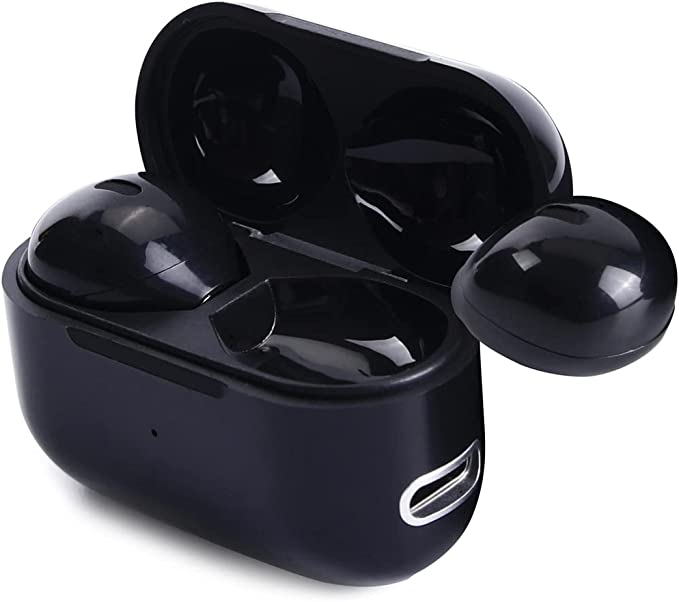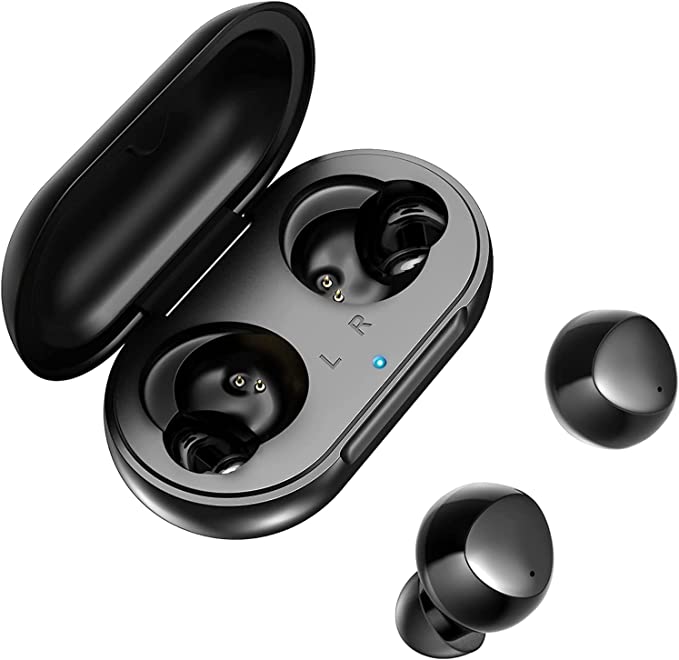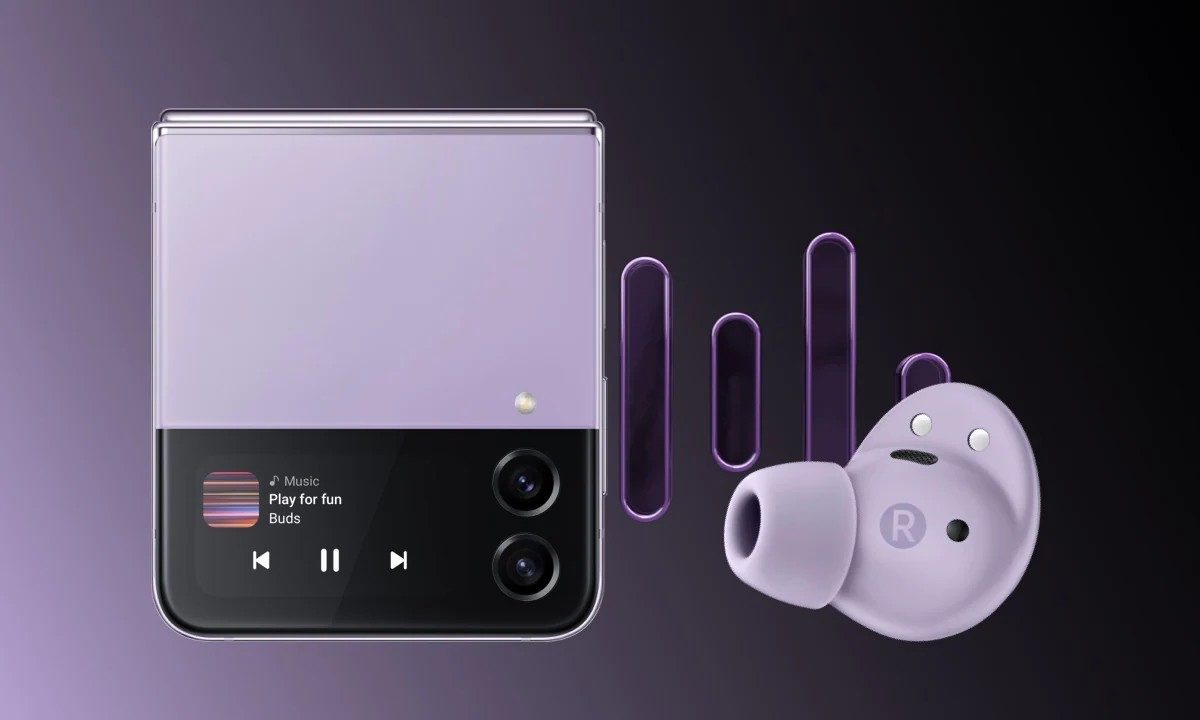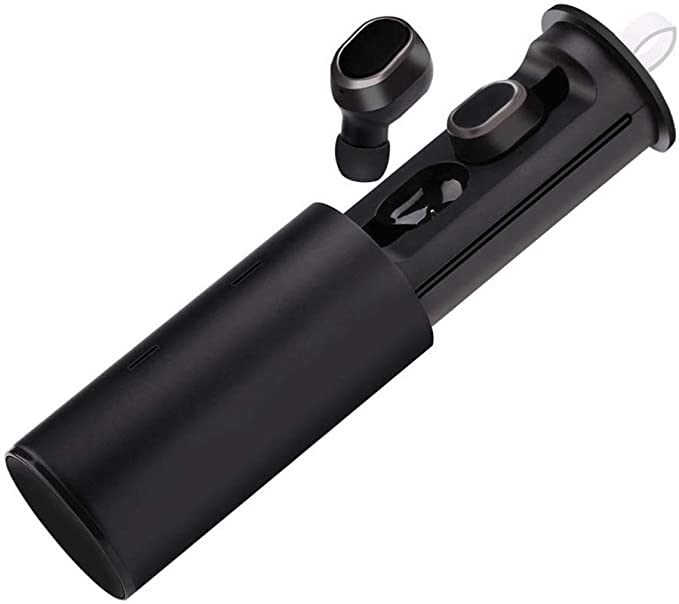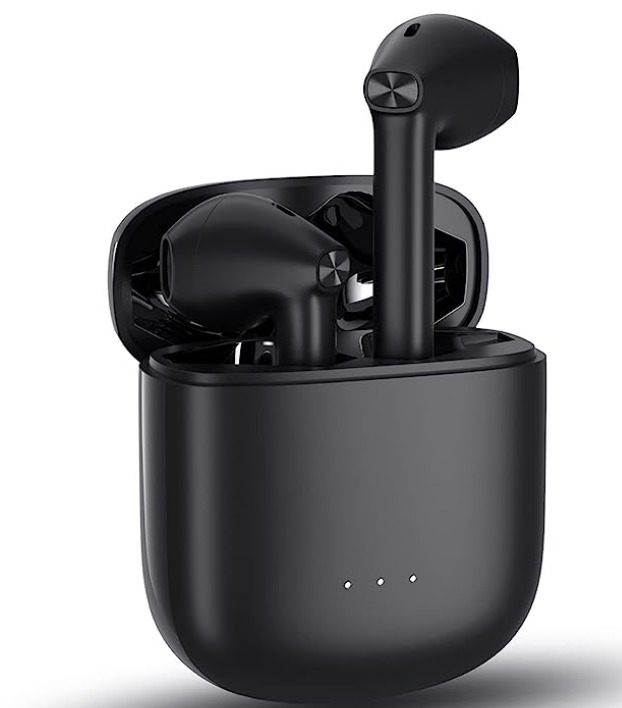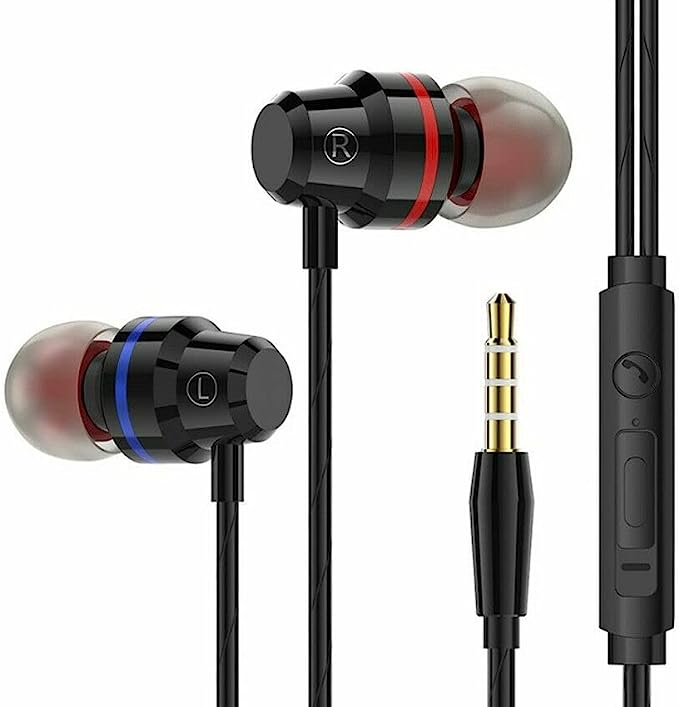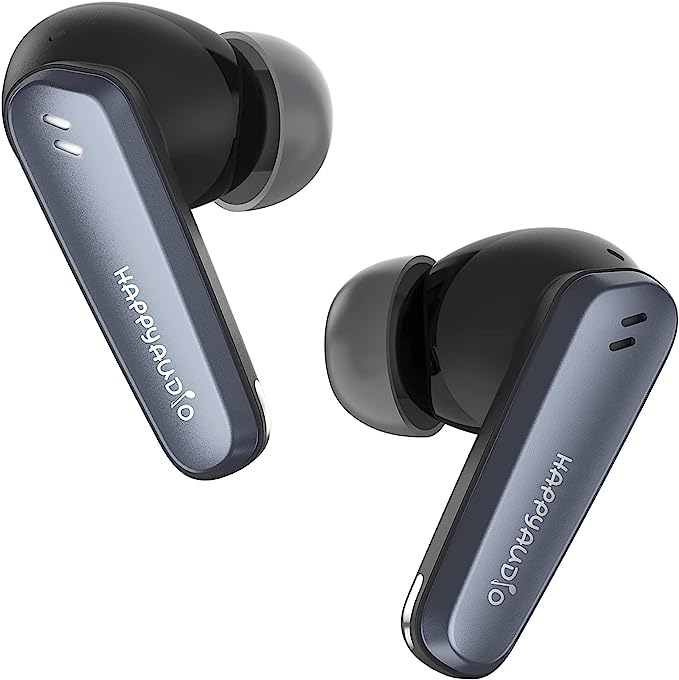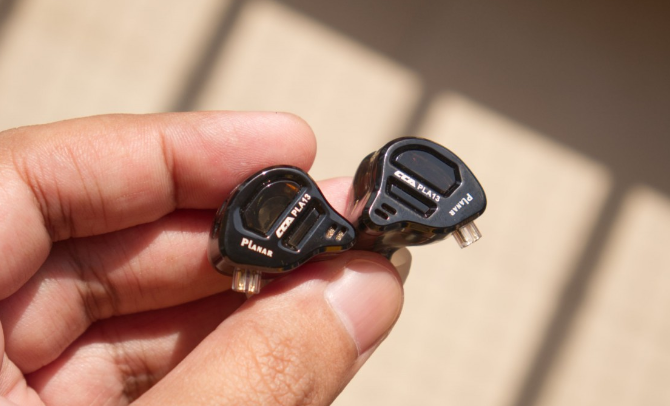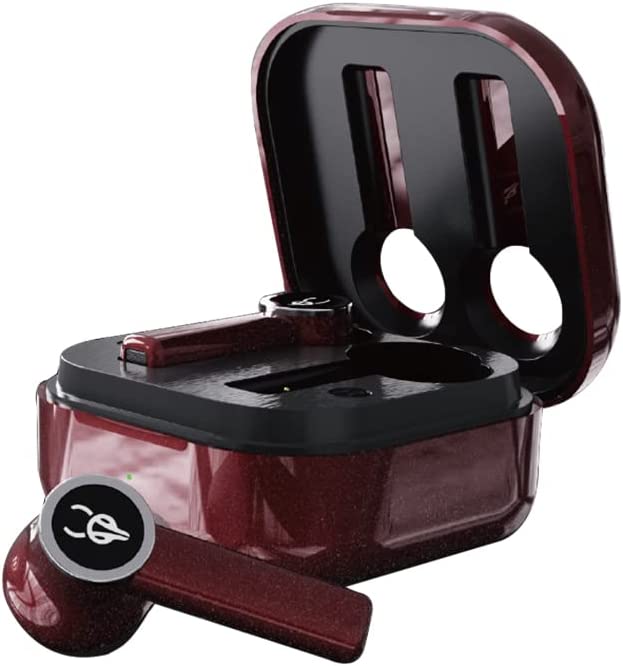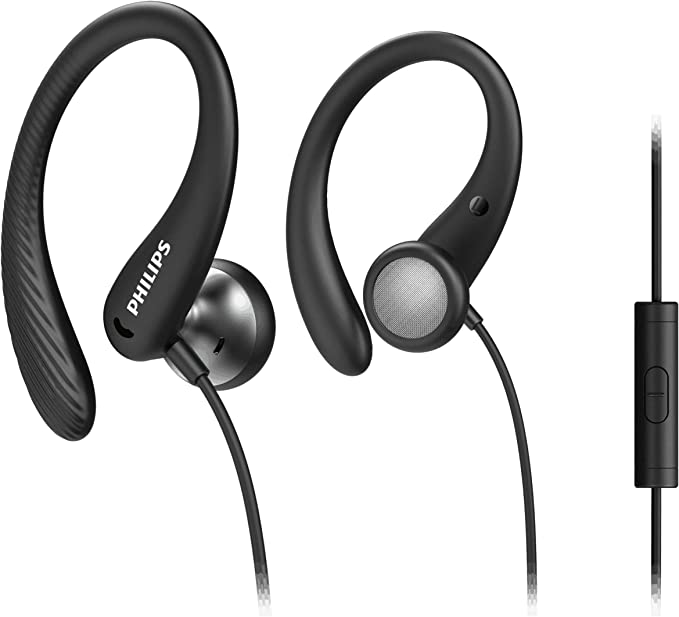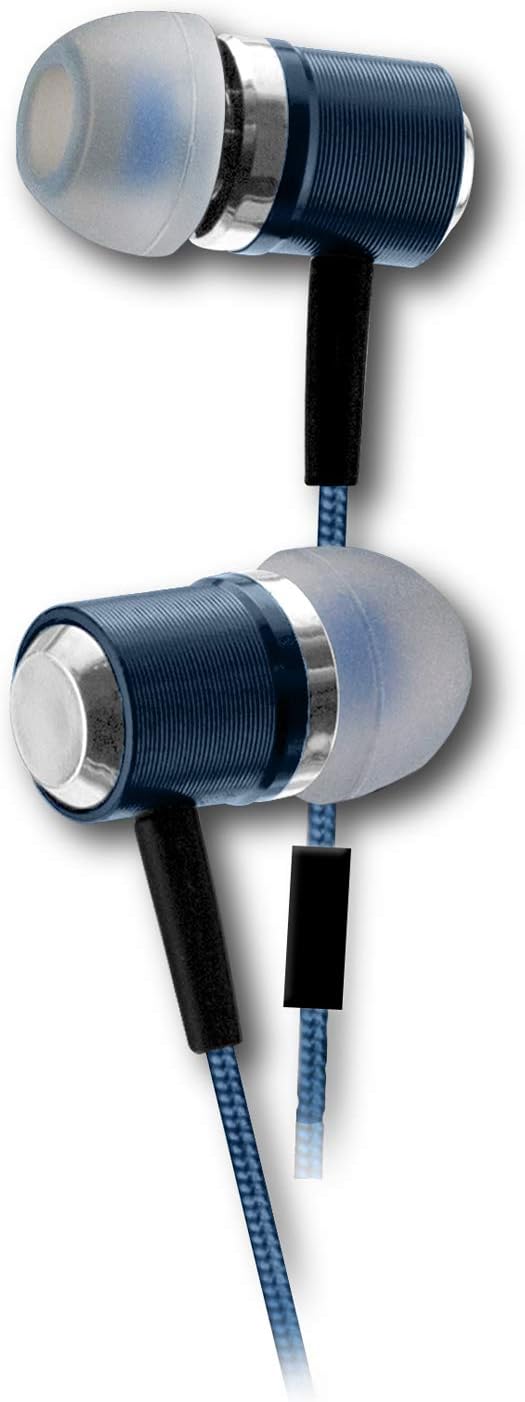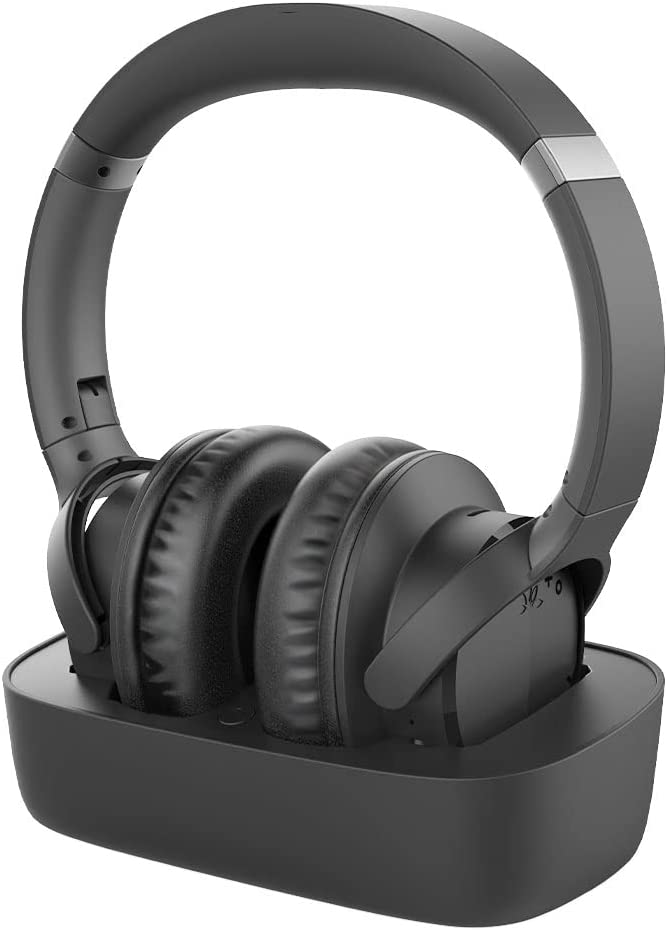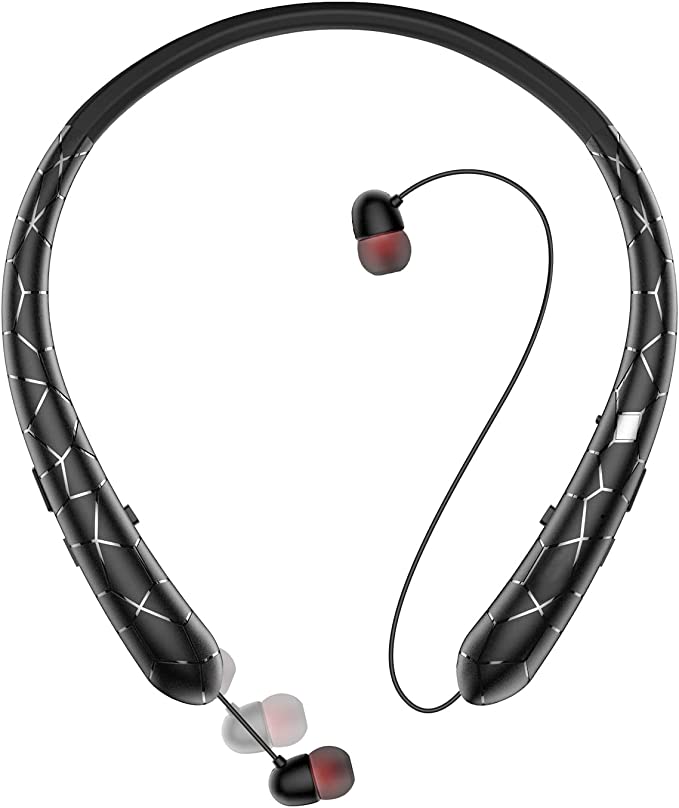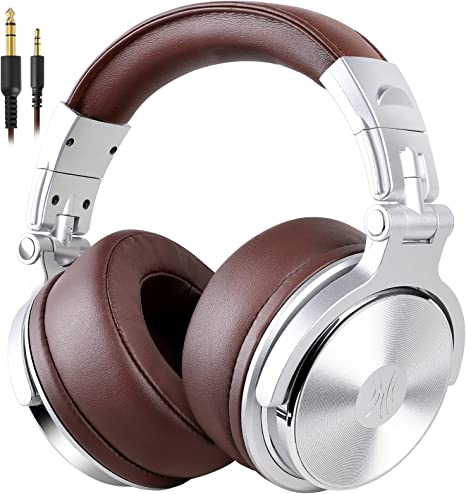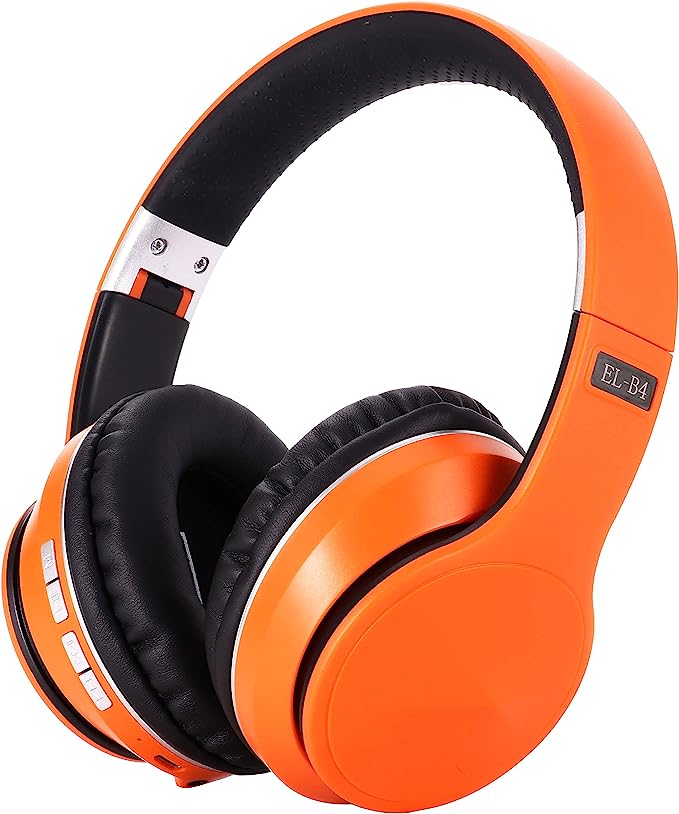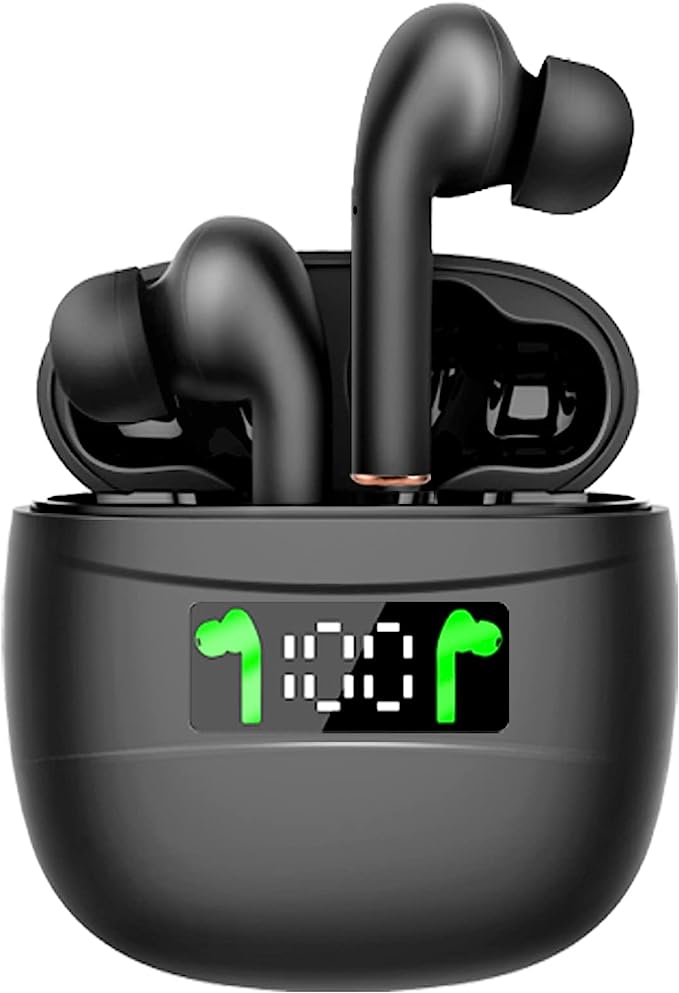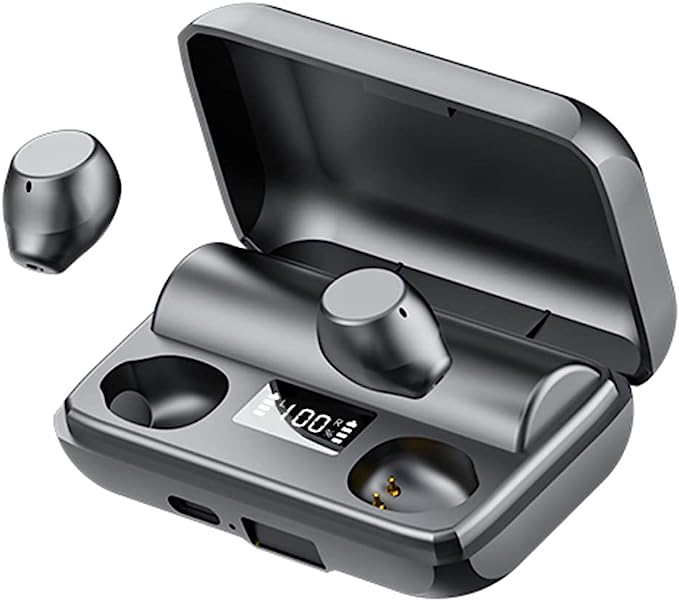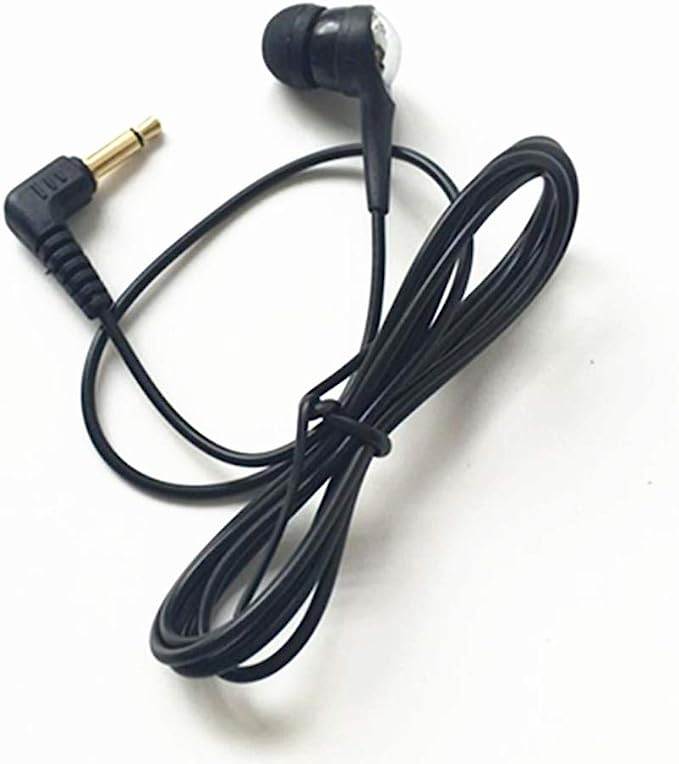SQRMINI X6 Mini Wireless Earbuds: Unlocking a World of Sound in a Tiny Package
Update on June 6, 2025, 6:15 p.m.
We’ve all been there. On a crowded train, in a hushed office, or walking down a bustling street, we crave a private soundtrack to our lives. But we also crave invisibility. We want the soaring orchestra or the intimate whisper of a podcast, but we want it without the clumsy wires, the bulky cans, or the conspicuous white stems that announce our disconnectedness to the world. We don’t just want to listen; we want to do so as if by magic, to have sound simply appear in our consciousness, leaving no trace. This deep-seated desire for technological disappearance is one of the great, quiet revolutions of our time. And to understand it, we must look not at the flagships, but at the fringes, at tiny marvels like the SQRMINI X6 Mini Wireless Earbuds.
This is not a review. Instead, consider this an exploration, a journey into the very heart of miniaturization. The SQRMINI X6, and others like it, are more than just products; they are exquisite artifacts of compromise, masterpieces of engineering born from a constant battle against the unyielding laws of physics. To truly appreciate them is to appreciate the art of building a magnificent ship in a bottle.

Echoes of the Past, Whispers of the Future
Our story begins, improbably, in the 10th century with a Viking king named Harald “Bluetooth” Gormsson, famed for uniting the warring tribes of Denmark and Norway. A millennium later, engineers seeking to unite a different set of warring tribes—phones, computers, headsets—borrowed his moniker for their new wireless standard. The Bluetooth logo itself is a fusion of his runic initials. This technology was designed from the ground up to be a short-range, low-power “secret handshake” between devices, a philosophy that reaches its zenith in today’s minuscule earbuds.
But the quest for in-ear technology is even older, its roots intertwined with the noble history of the hearing aid. For over a century, hearing aid engineers have been the unsung heroes of miniaturization, wrestling with the same core challenges: how to fit a microphone, a processor, a speaker, and a power source into a package that can hide discreetly within the human ear. Much of the technology we take for granted in consumer audio was forged in this crucible of necessity. The SQRMINI X6 is, in a sense, the lifestyle descendant of this century-long effort.

The Art of Building a Ship in a Bottle
Now, let’s examine our bottle. According to its product listing, each X6 earbud is a mere 0.51 inches (13mm) long and weighs, by one account, as little as 2.7 grams. To put that in perspective, a standard sheet of A4 paper weighs about 5 grams. It’s so light it’s almost abstract. This is our bottle: an impossibly small, featherlight vessel of polymer. Inside this tiny space, an engineer must construct a fully functional ship, complete with a power source, a communication system, a control interface, and, most importantly, an engine capable of producing the entire spectrum of sound.
This is where the artistry begins. Every single component is fighting for the same microscopic real estate. Every cubic millimeter is a battlefield. The choices made here define not just the product’s success, but its very soul. This is the art of the trade-off, and it is the most important story in modern consumer electronics.

The Symphony of a Single Droplet
At the heart of our ship is the acoustic engine: an 8mm dynamic driver. Think of a driver as the vocal cords of the earbud. An electric current, carrying the audio signal, passes through a coil attached to a diaphragm (a thin membrane), causing it to vibrate. These vibrations push the air, creating the sound waves that our eardrums interpret. The size of that diaphragm is critical.
To create the deep, resonant vibrations of bass, you need to move a lot of air. It’s physics. A grand concert bass drum moves more air than a tiny triangle, and its sound is correspondingly deeper. The X6’s 8mm driver is the triangle in this analogy. While its stated frequency range is the standard 20Hz to 20kHz—the theoretical limits of perfect human hearing—its ability to reproduce the low end of that spectrum with authority is fundamentally limited by its size. This is why users praise it for the clarity of podcasts and audiobooks, where the crucial frequencies of the human voice reside in the mid-range, but lament its “lacking bass” for music.
The manufacturer states it uses a “triple-layer composite diaphragm,” an attempt to make this tiny engine more versatile. Imagine crafting a drum skin from layers of paper, rubber, and silk. Each material vibrates differently, and by bonding them, you hope to create a single surface that can handle crisp highs and smooth mids with more poise. It’s a clever solution to a fundamental problem, a way to orchestrate a surprisingly detailed symphony from what is essentially a single drop of sound.

The Unseen Lifeline
Powering this symphony and connecting it to your device is the silent handshake of Bluetooth 5.0. Its primary advantage over its predecessors is not just range or speed, but efficiency. This is largely thanks to a protocol within it called Bluetooth Low Energy (BLE). BLE allows devices like the X6 to maintain a connection while “sleeping” for milliseconds at a time, sipping power instead of gulping it. This microscopic conservation is what allows a battery, barely larger than a grain of rice, to sustain up to six hours of continuous playback.
But this wireless lifeline, broadcast on the universally crowded 2.4 GHz ISM band (the same frequency used by Wi-Fi, microwaves, and countless other devices), is a delicate one. Some users report connectivity stutters when their phone is in a pocket. This isn’t necessarily a flaw in the earbud, but another encounter with physics. The human body, which is about 60% water, is an excellent absorber of 2.4 GHz radio waves. Placing your body between the transmitter (your phone) and the receiver (the earbud) is like putting a sound-dampening wall in the signal’s path. The invisible handshake falters.
The Loneliest Voice
If bass is the first sacrifice on the altar of miniaturization, the microphone is the last and most profound one. The X6 uses a MEMS (Micro-Electro-Mechanical System) microphone, a technological marvel where all the components of a traditional microphone are etched onto a tiny silicon chip. It’s what allows your phone to have multiple, high-quality mics.
But the X6 has only one. And it’s an omnidirectional one, meaning it’s designed to listen equally in all directions. Now, imagine you’re at a loud party, trying to record the words of a single person standing across the room using a microphone placed in the center of the floor. You’d capture everything: the music, the chatter, the clinking glasses, and, somewhere lost in the cacophony, a faint, muffled version of your friend’s voice.
This is the exact predicament of the X6’s microphone. It is located in your ear, a great distance from the source of your voice (your mouth), and it’s trying to pick out your words from the entire soundscape of the world around you. Without the benefit of a second microphone for noise cancellation or advanced beamforming algorithms to focus on your mouth, the result is what users bluntly call a “crap microphone.” Your voice becomes just another part of the ambient noise. It is the loneliest voice, a whisper from across the room, and the most telling compromise in the entire design.
A Ship Built for a Specific Voyage
So, we return to our ship in the bottle. It is a thing of beauty, a testament to meticulous craftsmanship. But you wouldn’t take it to cross a stormy Atlantic. Its purpose is more specific, more refined.
The SQRMINI X6 is not for the audiophile chasing earth-shaking bass. It is not for the executive who lives on conference calls. This ship was built for a different voyage. It’s for the serene waters of an audiobook narrating you to sleep, the quiet harbor of a podcast on your morning commute, or the gentle, invisible current of background music in an office. It serves those who value the art of disappearance above all else.
It reminds us that the best engineering isn’t always about adding more; it’s often about thoughtfully taking away. It’s about understanding the rules of the universe and bending them as far as they can go without breaking. As we look to the future, to even more advanced materials and more efficient power, the goal remains the same: to one day build a ship that is indistinguishable from the bottle itself, achieving that final, magical act of technological disappearance.



